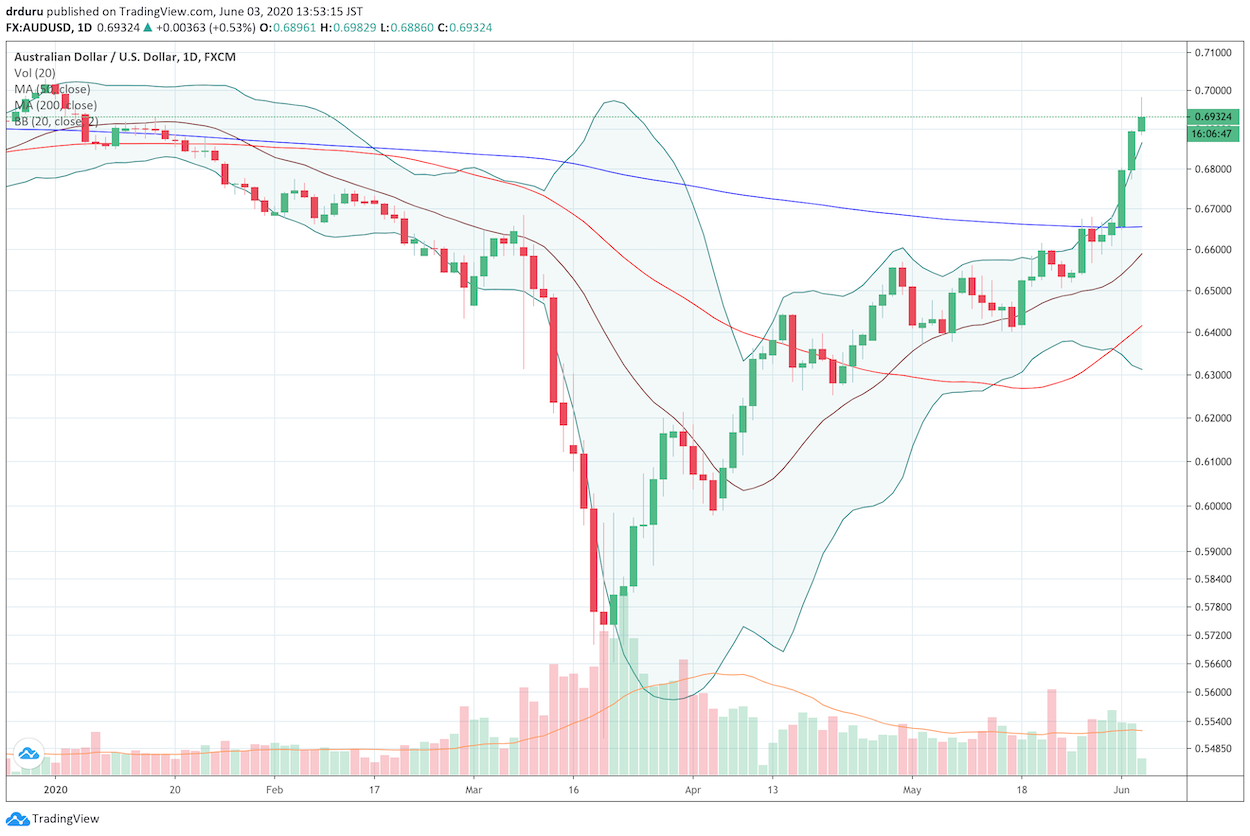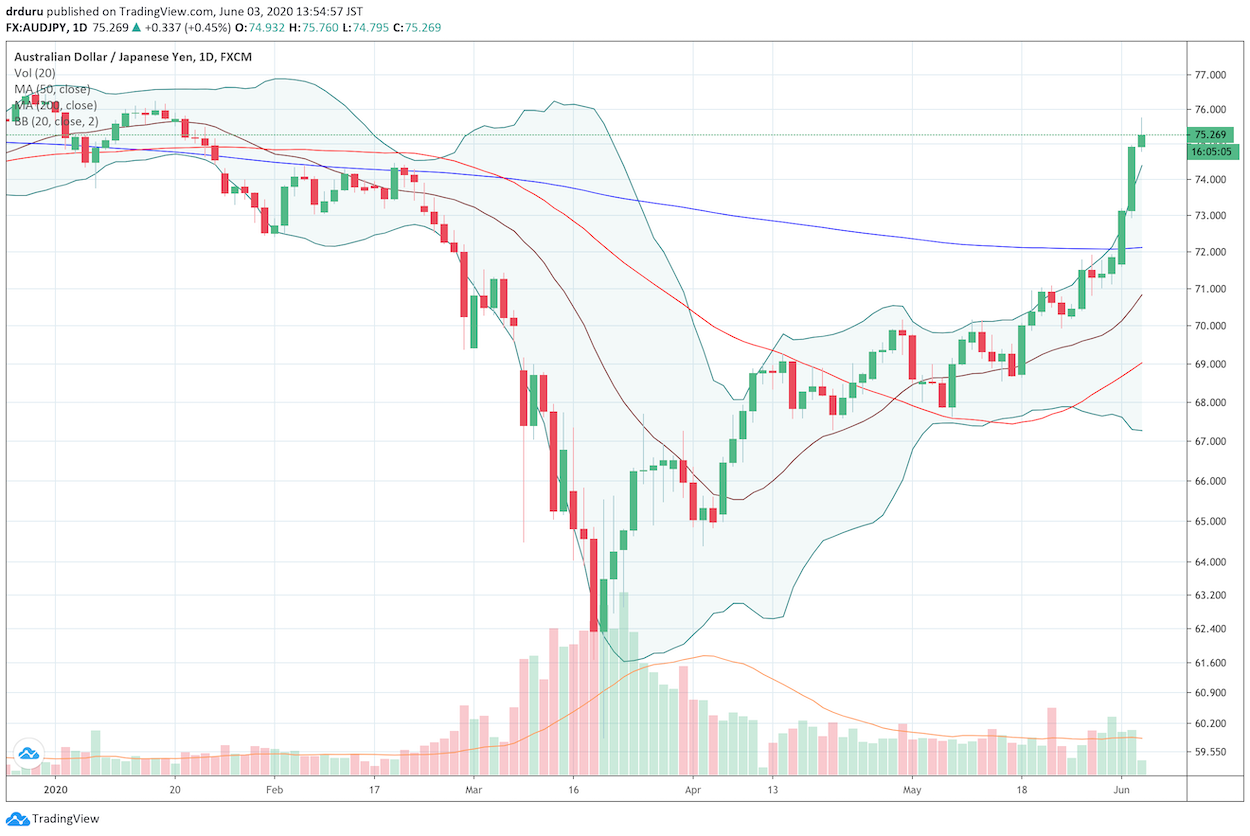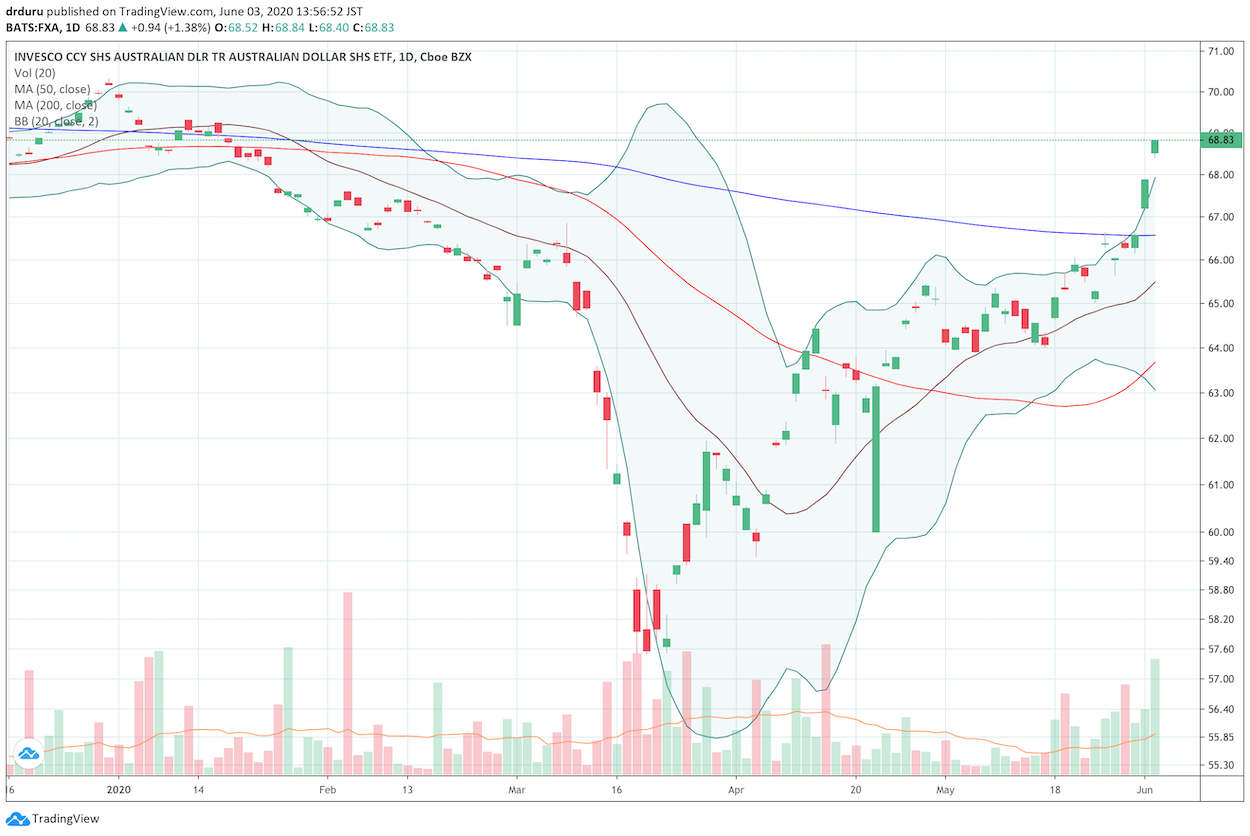“Other scenarios for the recovery phase can readily be envisaged. Given the relatively rapid decline in the number of new COVID-19 cases in Australia, it is possible to contemplate an upside scenario where most domestic restrictions on activity are relaxed a little sooner and the economy recovers somewhat faster than in the baseline scenario. The greater is public confidence in positive health outcomes, the more likely it is that the easing in restrictions on activity spurs a recovery in spending; better health outcomes elsewhere in the world would reinforce this positive dynamic. In such a scenario, the unemployment rate could return to around 5 per cent in a couple of years and the level of GDP would return to a path that is close to that implied in the forecasts published in the February Statement on Monetary Policy.”
Statement on Monetary Policy – May 2020: Overview, Reserve Bank of Australia, May 8, 2020
Almost a month after the Reserve Bank of Australia (RBA) released the above statement, the RBA returned with a near fulfillment of this more hopeful scenario. In its latest statement on monetary policy on June 2nd, the RBA essentially announced a recovery is within view (emphasis mine):
“…it is possible that the depth of the downturn will be less than earlier expected. The rate of new infections has declined significantly and some restrictions have been eased earlier than was previously thought likely. And there are signs that hours worked stabilised in early May, after the earlier very sharp decline. There has also been a pick-up in some forms of consumer spending.”
To further affirm the more rosy outlook, the RBA announced that it only had to make a single purchase of government bonds since the last RBA meeting. Total purchases of government bonds have amounted to $50B. The RBA also decided to hold steady on rates while assuring Australians that it is “prepared to scale-up its bond purchases again and will do whatever is necessary to ensure bond markets remain functional…” and will “…do what it can to support jobs, incomes and businesses and to make sure that Australia is well placed for the recovery…This accommodative approach will be maintained as long as it is required.”
The Australian dollar (FXA) was already in rally mode ahead of the meeting thanks to the soaring price of iron ore. The currency still had enough juice to run further. Against the U.S. dollar (DXY), AUD/USD not only confirmed a bullish breakout above its 200-day moving average (DMA) but also traded near its high of the year. Against the Japanese yen (FXY), AUD/JPY is trading similarly.

Source: TradingView.com

Source: TradingView.com
The soaring bullishness in AUD/JPY is particularly important because it underlines the bullishness in financial markets. AUD/JPY tends to signal and/or confirm risk attitudes in the market (for more details see “Why the Australian Dollar and Japanese Yen Matter for Stock Traders“).
Australian stocks are also doing exceptionally well and moving in concert with the currency.

Source: TradingView.com
The surges caught me a bit flat-footed. I had a small hedge short AUD/JPY while I was making occasional long trades in other Australian dollar currency pairs. It took a bullish 200DMA breakout in commodities company BHP Group (BHP) to make me fully appreciate the strength underway. I immediately loaded up on call options on BHP soon after the market open on the assumption that the stock was confirming its 200DMA breakout.

Source: TradingView.com
I will likely drop my small hedge soon and just focus on bigger bullish trades on the Australian dollar. AUD/USD is particularly attractive as the economic outlook appears more favorable in Australia than in the U.S….assuming that relations with China hold up during coronavirus tensions, a further crackdown on Hong Kong, and global trade tensions between China and the U.S. (a LOT of ifs!). Moreover, the U.S. is facing down increasing political tensions and social unrest which make the U.S. dollar relatively unattractive when compared to a much more stable, industrialized country like Australia.
Be careful out there!
Full disclosure: long BHP calls, short AUD/JPY
